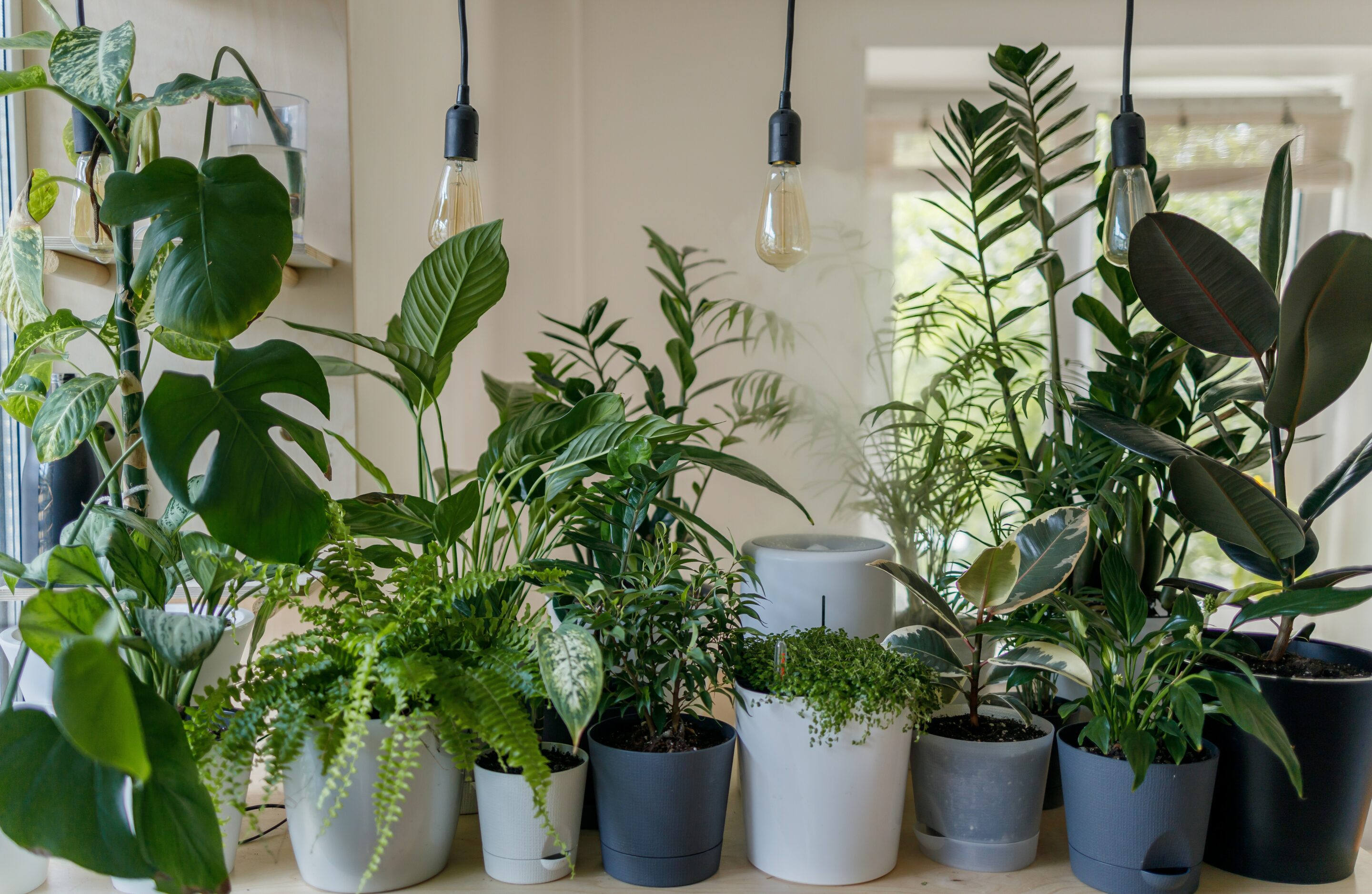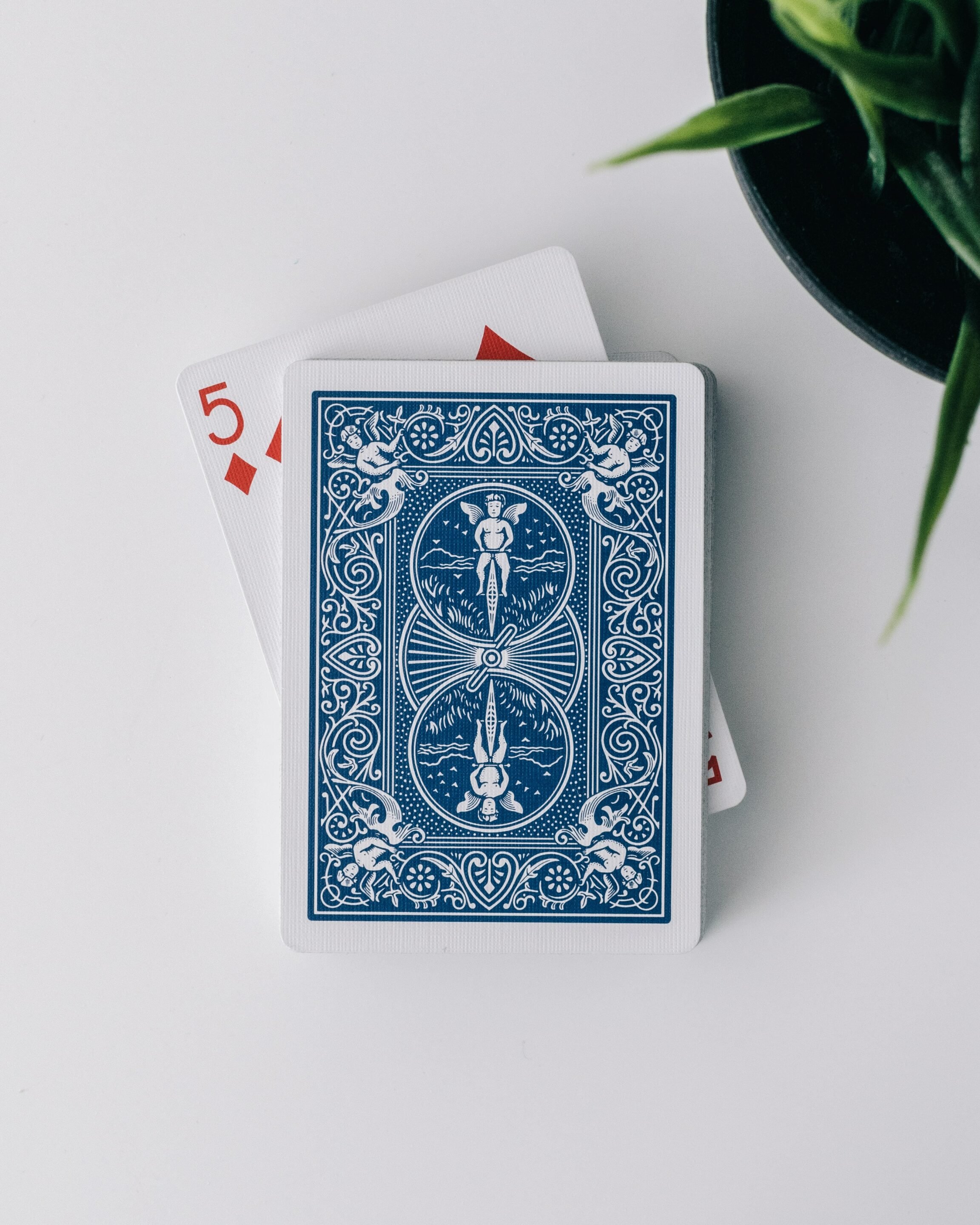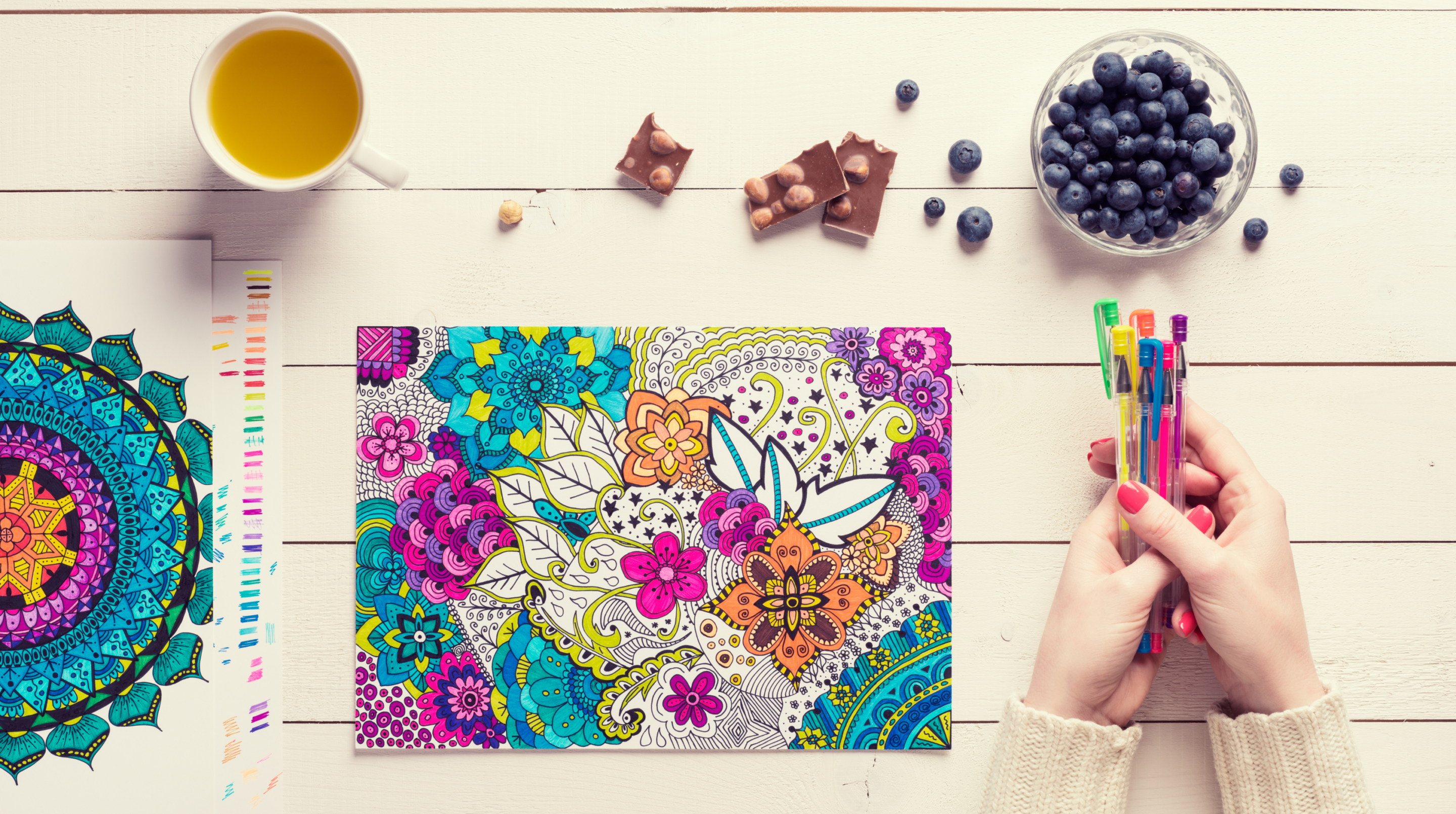How do you calm yourself down when you experience stress, anxiety, or dissociation?
It’s common for interpersonal stressors to contribute to upsetting thoughts and increased anxieties. Understandably these may vary from person to person depending on a variety of factors.
Some common interpersonal stressors may include:
1. Conflict with friends, family, or coworkers
2. Unfulfilled expectations for yourself or others
3. Financial strain or insecurity
4. Major life transitions
5. Inadequate work/life balance
6. Unresolved trauma or conflicts from the past
7. Lack of meaningful relationships, loneliness or isolation
8. Change in living or work environment
9. Social pressure or criticism
10. Bullying or harassment
11. Feeling unappreciated or ignored
12. Health issues or disability
Between the pandemic, natural disasters, rising inflation, and other common life stressors, it’s no wonder that millions of people struggle with anxiety and other mental health concerns.
What do you do when it all becomes too much?
If you haven’t tried it yet, we highly recommend trying out a few grounding techniques. These have been immensely helpful for some of my own clients, so I wanted to share a few of my favorites here.
What Are Grounding Techniques?
Practicing grounding techniques is a great way to calm yourself and bring you back from the edge. These help you refocus your mind and senses.
They bring back your thoughts to the present moment, recentering yourself from the source of your anxiety, whether it’s a past trauma or a future worry.
Grounding techniques are a key component in managing symptoms or feelings of distress. There are different types of grounding techniques, but they all aim to help you cope with negative emotions and mental health problems better.
Physical Grounding Techniques
Physical grounding techniques generally rely on your five senses — particularly your sense of touch. These exercises usually also require motion or physical movement.
1. The 5-4-3-2-1 Method
The 5-4-3-2-1 method is one of the most recommended grounding techniques. All you have to do is to list things around you that you can interact with your senses, going down from five. For example:
- Five things you see
- Four things you hear
- Three things you can touch or feel
- Two things you can smell
- One thing you can taste
You can arrange the order or number of senses to your liking. It can help to say your list aloud and pay attention to things you don’t notice regularly to further focus your mind.

In each slow breath, notice how you inhale and exhale deeply.
2. Deep Mindful Breathing
Inhale and exhale slowly, taking care to notice how each breath causes your body to move. Try to be mindful of the sensations as each breath fills your body and pushes out.
You can also practice the 4-7-8 breathing exercise:
- Inhale deeply while counting to four.
- Hold your breath for seven seconds.
- Exhale slowly to eight counts.
3. Lie Down on the Floor
You can take these grounding exercises literally and lay on the ground. When you do this, try to feel all points of contact between your body and the floor. Focus on where your head, back, shoulders, elbows, arms, legs, and feet touch the ground.
While you do these, it’s also beneficial to do your breathing exercises.
4. Designate a Grounding Chair
Choose a cozy chair where you can lean back while still having your feet reach the floor comfortably. Sit down with your feet flat on the ground, preferably with no shoes or slippers.
Focus on the points of contact between your body and both the ground and chair. Think of how the chair material feels on your skin, how your body fits the chair, and how your feet feel steady on the floor.
Incorporate intentional walks where you take careful note of every step you take and remain mindful of your movement and surroundings.
5. Go on a Short Walk
Take a brisk walk or a jog to let out pent up energy. You can go outdoors or just walk around your house or on a treadmill. While walking, stamping your feet intentionally and focusing on the sensation it causes can further help you concentrate on the present moment.
It also helps to take intentional walks where you take careful note of every step you take and remain mindful of your movement and surroundings.
6. Stretch and Exercise
Aside from walking, stretching and other exercises also serve as great grounding techniques. The important thing is to get your body moving and your mind away from your worries.
You can do exercises in place, such as jumping jacks or jogging in place. Yoga is also a great exercise for this as it pairs well with mindful breathing and meditation.
7. Do Some Gardening
Almost any other physical activity that requires you to engage as much of your body as possible can become a grounding technique. A great example is gardening. Repetitive actions like pulling weeds are great. These allow you to pay closer attention to the sensations of what you’re doing rather than the actions themselves — without causing much (if any) potential harm to yourself.
You can use gardening, both indoor and outdoor, as a grounding technique to help you refocus and recenter.

8. Rub Your Hands Together
If you can’t get up and move around, even simply rubbing your hands together can help. You can even add in a few claps for variety. Instead of just concentrating on the action and how it feels, pay attention to the noise you make as well.
You can also try rubbing your hand over your clothes, table, chair, or other piece of furniture nearby. Notice the different textures on your skin and how it makes you feel.
9. Submerge Your Hands in Water
Dipping your hands into a bowl of water — especially if it’s cold — can shock you into focusing on your surroundings and the present moment.
When you put your hands in water, focus on how the water feels around your fingers and how it flows when you move your hands. It can also help to alternate between placing your hands into warm water then cold water.

Find an object with a texture that brings you comfort.
10. Hold Ice Cubes
This is a great grounding technique if you suffer from anxiety. Just hold a couple of ice cubes in your hand for a few seconds. Concentrate on how cold the ice is and how it feels in your palms.
You can also trace the ice along your arms or legs and focus on the sensation it causes. Just be careful that the ice isn’t cold enough to cause ice burns.
11. Touch Something Comforting
The opposite of shocking your sense of touch is a good grounding technique, too. Instead, find an object with a texture that brings you joy or comfort. This can be anything — a polished stone, a fluffy blanket, or even just a soft piece of yarn. As always, focus on the sensations when you hold your grounding object.
12. Squeeze a Stress Ball
Stress balls are amazing grounding tools since they not only give you something to concentrate on but also require some strength for maximum effect. Focus your energy on two things — how the ball feels in your palm and on the strength or energy you need to really squeeze your stress ball.
Instead of simply squeezing the stress ball absentmindedly, imagine it as the source of your stress. You can also visualize putting all your anxiety into the ball as you squeeze it and then letting it go when you release your hold.
13. Play With a Fidget Cube
Like stress balls, playing with fidget cubes and similar toys like spinners can help counter your stress and anxiety. If you’re restless, then you’ll likely find fidget cubes extra useful.
The repetitive nature of fidget toys can provide anxiety relief. Always try to remain focused on your actions and pay attention to how your hands and fingers move.
Mental Grounding Techniques
These are mental exercises or distractions that primarily aim to reframe your mind and redirect you away from your upsetting thoughts and feelings.
14. Meditation Exercises
Meditation is the intentional practice of being in the present moment. This is a great technique to empty your mind and escape from the feeling of having too many thoughts — especially upsetting ones. If you’re new to meditating, there are plenty of apps that can guide you.
If you want even more effective grounding techniques, you can practice meditation while doing other physical grounding exercises, like walking, stretching, and other repetitive actions.

Meditation is the intentional practice of being in the present moment.
15. Describe Your Surroundings
Take a few minutes to look around you and describe what you see. Try to use as much of your five senses as you can.
Aside from describing what you see, describe what you feel, too. Be as detailed as you can to stimulate your brain. Is your chair soft or hard? How is the temperature in your room? What color is your table or your shirt?
16. Imagine Storing Your Feelings in a Box
Imagine filling a box with all your upsetting thoughts and negative feelings. Visualize yourself gathering all those upsetting emotions and balling them up, then putting them in a box and locking the box securely. The idea is not to suppress or stuff your emotions for good, but instead contain them until you feel ready to revisit them.
17. Play a Memory Game
Playing a memory game helps pull your thoughts away from what’s worrying you or causing your anxiety. You can play a simple memory game with a deck of cards. Another memory game you can play is listing down as many things you can remember from a picture after staring at it for around 10 seconds.
If you’re a gadget lover, there are also numerous mobile games that challenge your memory.
18. Play a Mental Category Game
Another game you can play solo to steer your thoughts towards more neutral subjects is the mental category game. It’s simple — all you need to do is decide on a broad category. Once you’ve got one, try to list as many things that fall under it as you can.
For example, for the category “cars,” you list down different makes or models of four-wheel vehicles. Keep things interesting by choosing fun categories or themes, like holiday movies, ice cream flavors, or Broadway songs.

Playing a memory game helps pull your thoughts away from what’s worrying you or causing your anxiety.
19. Count Backwards
We know not all of us are math people, but numbers offer a nice distraction. A simple way to use numbers to center your thoughts is to count backwards from 100. You don’t necessarily need to reach one. Just keep counting backwards until you feel calmer, more in the present, and farther away from your upsetting thoughts.
20. Play Sudoku
If you’re open to slightly more difficult number-based grounding techniques, then answering a Sudoku puzzle is a really good one. Sudoku can be quite the challenge and requires your full mind power. This means you need to be fully in the present moment.
Other brain exercises and puzzle games like word searches, jigsaws, crossword puzzles, and tetris-like block puzzles work, too.
21. Recite a Poem or Passage
Quietly recite a poem, book passage, or even the lines from a movie scene that you know by heart. You can also recite the lyrics of a song you love. For greater effect, try visualizing the words as you’d see them when written on a page.
Saying the words out loud instead of just in your mind is preferable, but if that isn’t possible, you can also just say it in your head. It will still help redirect your thoughts away from what’s causing your anxiety.
Soothing Grounding Techniques
These are a mix of both physical and mental grounding exercises. Instead of simply redirecting your mind away from upsetting thoughts, soothing grounding techniques focus more on making you feel at ease.
22. Make a Warm Drink
Make your favorite comforting, hot beverage. Whether this is tea, coffee, or hot chocolate is up to you. While preparing your drink, you can also practice mindfulness. Take note of each movement you make and how everything you touch feels. When you’re done making it, take a seat somewhere relaxing and savor each sip of your drink.

Whether this is tea, coffee, or hot chocolate, take a moment to savor each sip.
23. Take a Bath or Shower
Like with other grounding techniques, be mindful of each step you take in preparing your bath or shower. When you do get in the bath (or shower), let the water envelop you — pay extra attention to how it makes you feel.
Many prefer warm baths to really soak in, unwind, and release all their stress. On the other hand, cold showers are great too, especially if you want to jolt yourself out of a “fight or flight” mindset.
24. Sit or Lie Down With Your Pet
Cuddling with your pet is amazing for relieving stress, anxiety, and general worries. Spending a few minutes just sitting with them and stroking their fur is a huge help. Concentrating on the feeling of their fur or the up-and-down movement of their chest also adds to their calming effect.
Additionally, the positive effect of pets on stress is scientifically proven — they actually lower the levels of stress-related hormones and blood pressure.
Cuddling with your pet is amazing for relieving stress, anxiety, and general worries.

25. Smell Something Familiar
You can light a candle, spray on perfume, open a packet of comfort food, or light some incense. Familiar scents can help you feel calmer. For some, it may be a food or drink they find comforting. For others, it’s something they associate with a person or event that makes them feel happy or safe.
26. Listen to Calming Music
The type of music depends entirely on your tastes. In general, instrumentals like classical music or jazz are calming for most people. If that’s not your style, then just listening to your favorite music — whether it’s an upbeat or mellow song — is an effective way to distract and comfort yourself.
27. Listen to ASMR
Aside from calming music, listening to ASMR or autonomous sensory meridian response videos can be a great grounding technique, too. ASMR is a relaxing sensory experience, where sounds (and sometimes visuals) are used to “trigger” a calming yet spine-tingling sensation to help you feel more relaxed.
You’ll find tons of ASMR videos online. These videos are characterized by clear sounds from everyday objects and soft whispers.

Calming music as well as listening to ASMR or autonomous sensory meridian response videos can be powerful grounding techniques.
Putting on your favorite TV show or reading a book or graphic novel can work as a grounding technique because it transports your mind to another place, another time, and even another person’s mindset.
28. Put on Your Comfort Show or Movie
Putting on your favorite TV show or a movie from your to-watch list is a great way to mindfully distract yourself from unwanted thoughts and emotions. Watching something — as well as reading a book or graphic novel — works as a grounding technique because it transports your mind to another place, another time, and even another person’s mindset.
29. Watch a Funny Video
If you don’t have time to watch a two-hour movie or even a 45-minute show, then short but funny videos work just as well. A good meme or a clip from your favorite comedian’s latest show can help diffuse any intense emotions you may be carrying. Laughing can help you feel lighter, so you can later tackle the source of your stress with a clearer head.
30. Color in a Coloring Book
In recent years, coloring books have become quite a trend — even among adults. This is thanks to the soothing effect coloring can give you. It not only calms the brain but also keeps it active as you pick out colors and try to stay inside the lines. Coloring also promotes mindfulness and embracing the imperfect.
Coloring also promotes mindfulness and embracing the imperfect.

31. Plan a Fun Activity for Later
Doing something now isn’t the only way to ground yourself to the present moment. Planning something you will enjoy can give the same benefits. This can be something as simple as planning what to cook for yourself or visiting a new cafe with a friend. It can also be an activity that requires more preparation, like an out-of-town trip or going to a concert.
32. Picture Your Favorite Place
If you can’t go to your favorite place physically, then you can visualize it instead. Close your eyes and imagine actually being there — whether it’s a far-off place or your childhood home. Try to remember how the place feels, smells, and even what the surroundings sound like.

Close your eyes and imagine your favorite place. Is it a place you went on vacation or a spot you frequently visit?
33. Imagine the Face or Voice of a Loved One
Alternatively, you can also visualize a loved one. It’s important to choose someone that you associate with comfort and safety, or someone who has a calming effect on you. Instead of just picturing how they look, think about how their voice sounds, how they smell, and what they might say.
34. List Down Things That Bring You Joy
What makes you happy? Think about your favorite things — the things that make you smile and leave you with warm, fuzzy feelings inside. You can list them down mentally or on paper. These can be your favorite foods, color, songs, people, or even places you want to go to. Visualize each item you list down as clearly as you can before moving to the next one.
35. Say Words of Affirmation
Being kinder to yourself and saying words of affirmation out loud can work wonders in calming you down and soothing your worries. Examples of affirmative, compassionate words are:
- This will pass.
- I will be okay.
- I’m strong.
- I’m doing my best.
- This is only temporary.
- I can do this.
Get the Most Out of Grounding Techniques
The key to getting the most out of these grounding techniques is to practice them regularly. Making them a part of your daily routine makes it easier for you to fall back on these practices as soon as you notice yourself in distress or on the verge of an anxiety attack.
Grounding techniques are effective in helping you manage your mental health by yourself. Speaking with a therapist can help you further improve your mental state, as well as learn new grounding exercises.
At Clarity Therapy, we offer a free therapist matching service to help you get connected with the right therapist for you. Simply share your preferences on our questionnaire and our clinical team will provide personalized recommendations to your inbox. All of our therapists provide complimentary phone consultations, so you can see if it feels like a good fit before starting therapy.




